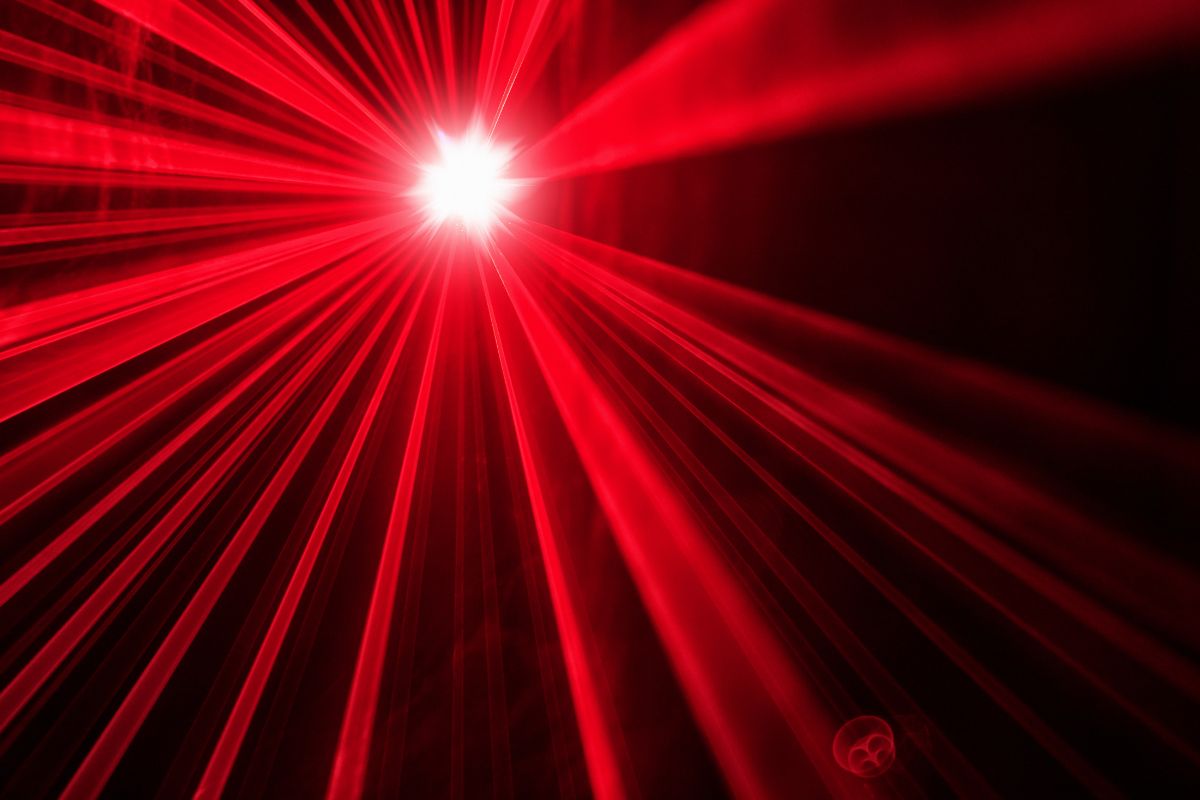Your cart is currently empty!
The nuts and bolts of low-level laser (light) therapy.

Chung H, Dai T, Sharma SK, Huang YY, Carroll JD, Hamblin MR
Abstract: Soon after the discovery of lasers in the 1960s it was realized that laser therapy had the potential to improve wound healing and reduce pain, inflammation and swelling. In recent years the field sometimes known as photobiomodulation has broadened to include light-emitting diodes and other light sources, and the range of wavelengths used now includes many in the red and near infrared. The term “low level laser therapy” or LLLT has become widely recognized and implies the existence of the biphasic dose response or the Arndt-Schulz curve. This review will cover the mechanisms of action of LLLT at a cellular and at a tissular level and will summarize the various light sources and principles of dosimetry that are employed in clinical practice.
Key points: The range of diseases, injuries, and conditions that can be benefited by LLLT will be summarized with an emphasis on those that have reported randomized controlled clinical trials. Serious life-threatening diseases such as stroke, heart attack, spinal cord injury, and traumatic brain injury may soon be amenable to LLLT therapy.
Similar Studies
Is light-emitting diode phototherapy (LED-LLLT) really effective?
Mechanisms and applications of the anti-inflammatory effects of photobiomodulation
Photobiomodulation of pain in carpal tunnel syndrome: review of seven laser therapy studies